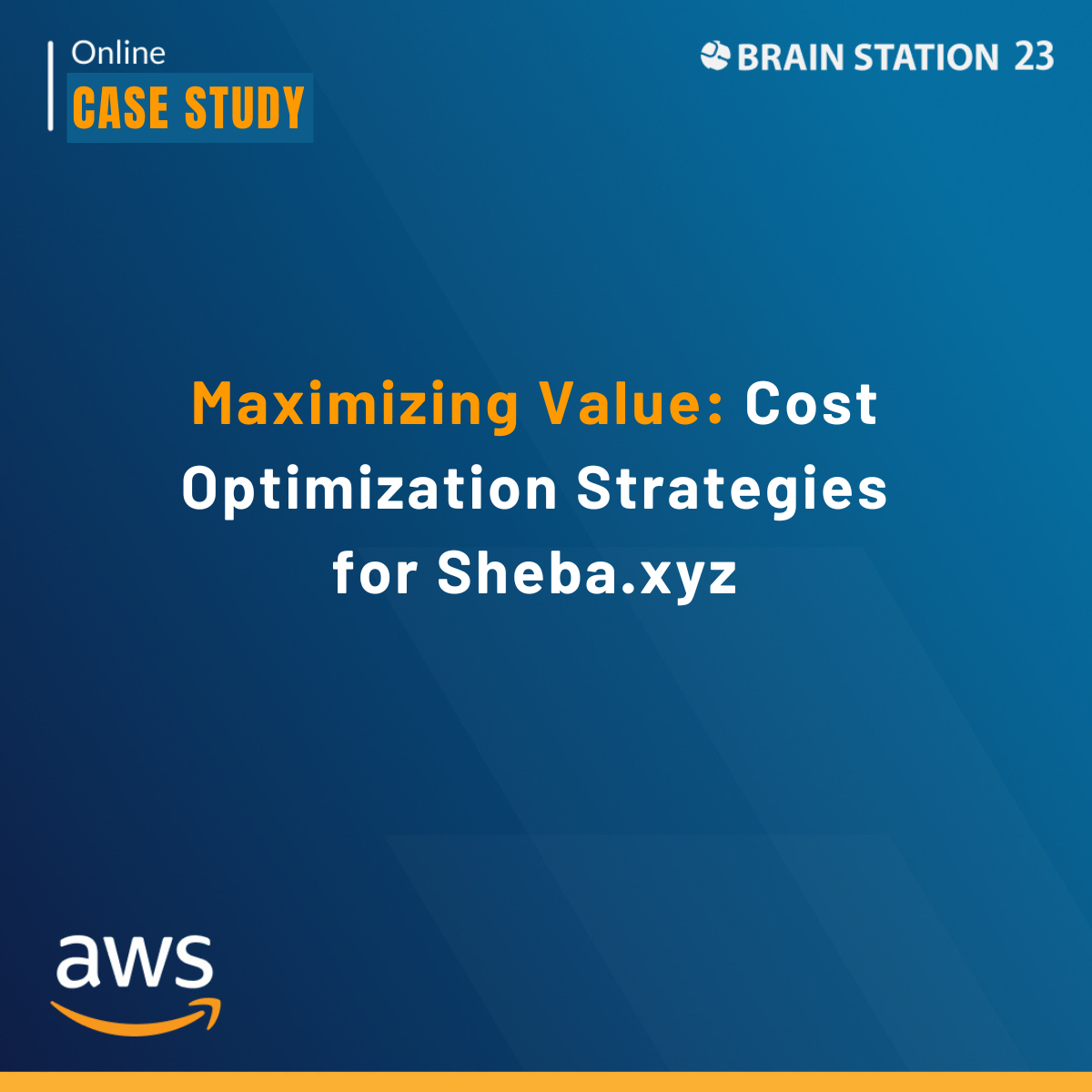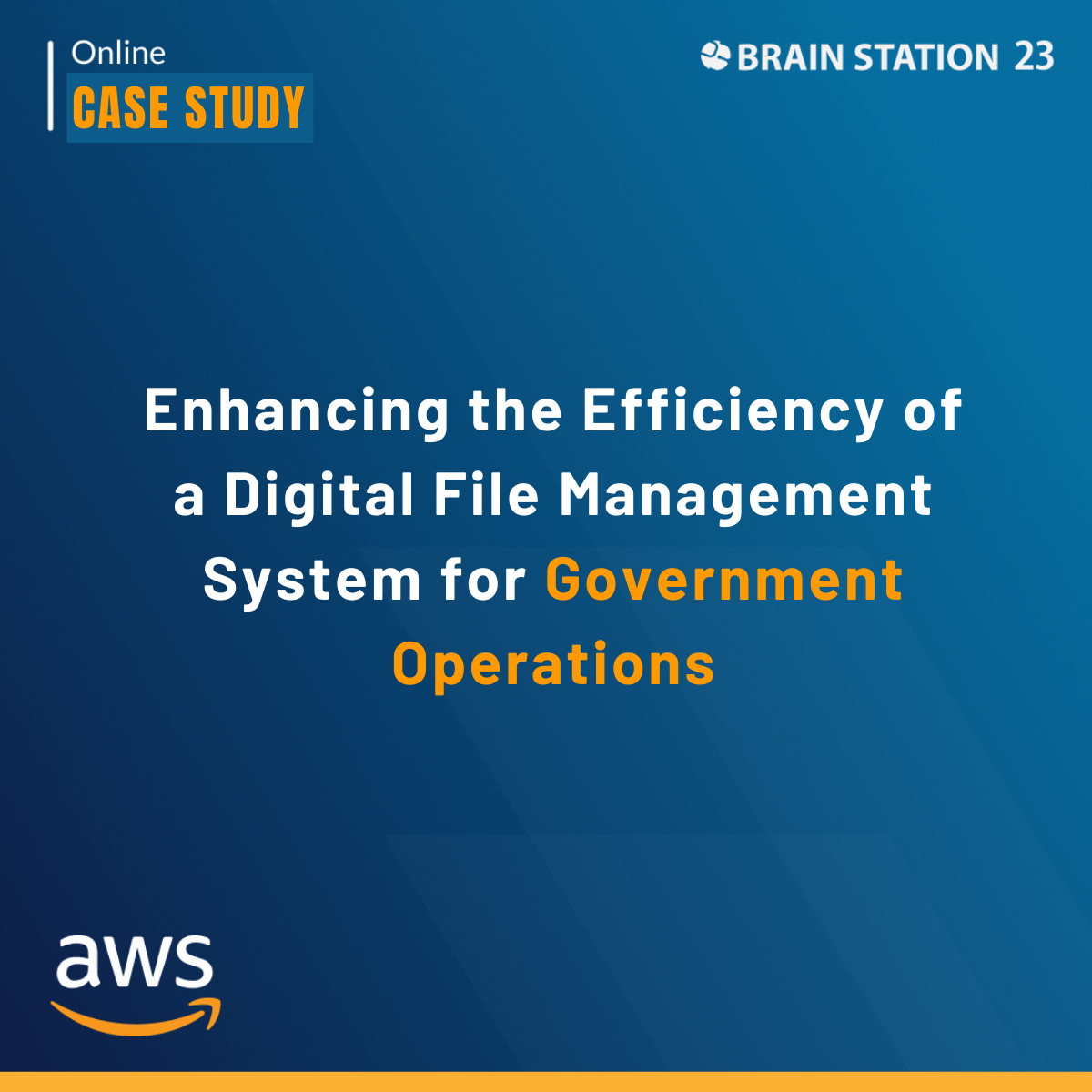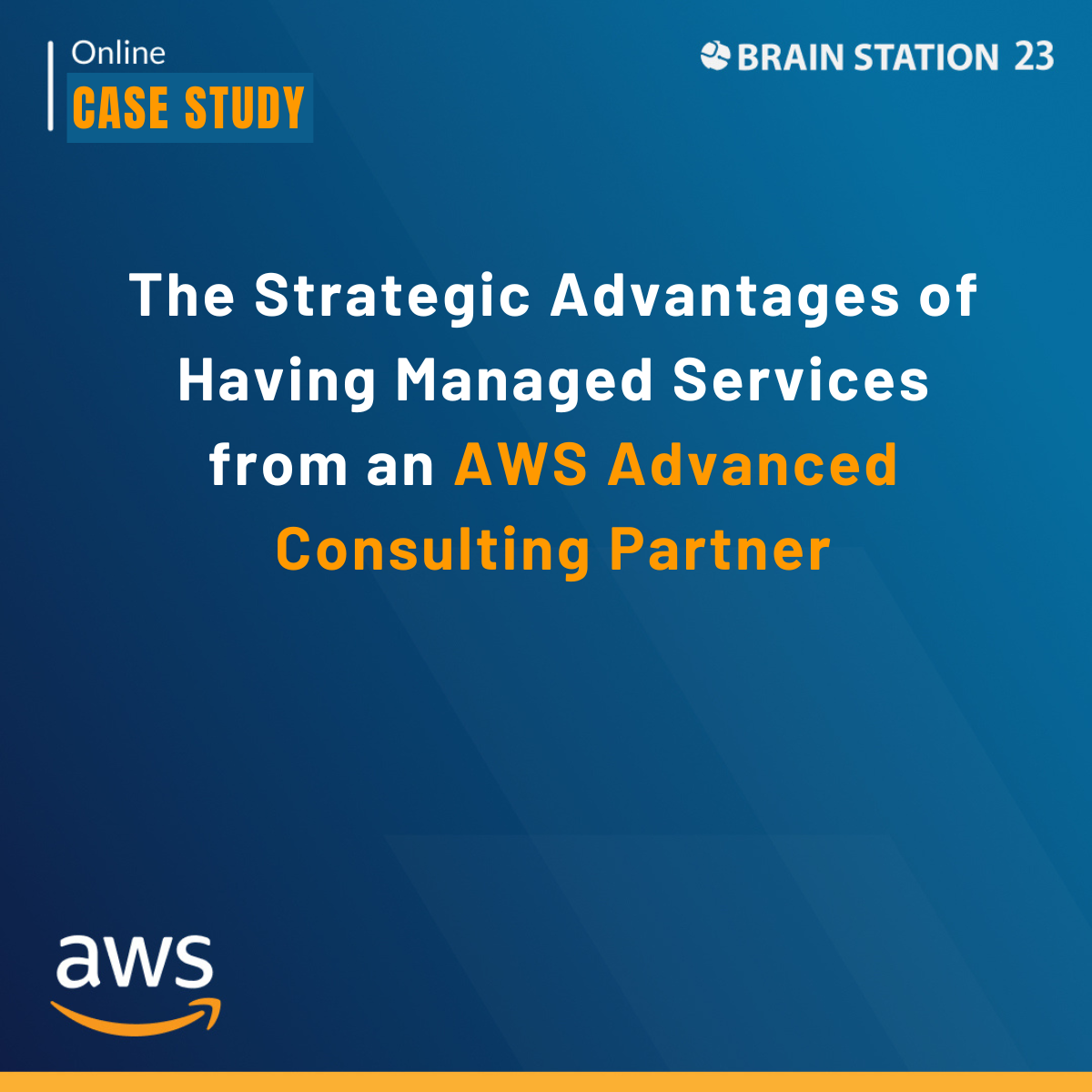Reading time - 2.7 min.
Unmasking Cyber Threats: A Comprehensive Guide to Penetration Testing
Reading time - 2.7 min.
Unmasking Cyber Threats: A Comprehensive Guide to Penetration Testing
In today’s digital landscape, organizations face an escalating onslaught of cyberattacks. To effectively safeguard sensitive data, systems, and networks, penetration testing has become an indispensable security measure. This process involves simulating cyberattacks to identify vulnerabilities and weaknesses that could be exploited by malicious actors. Let’s explore the different types of penetration testing and their critical role in bolstering organizational resilience.
Application and API Penetration Testing
Web applications and their underlying APIs are frequent targets for cybercriminals. Application and API penetration testing scrutinizes these digital assets for vulnerabilities such as SQL injection, cross-site scripting (XSS), and unauthorized access. By identifying and rectifying these weaknesses, organizations can significantly reduce the risk of data breaches and financial loss.
Internal and External Penetration Testing
To comprehensively assess an organization’s security posture, both internal and external penetration testing are essential. Internal testing simulates attacks originating from within the network, targeting potential threats from disgruntled employees or compromised internal systems. Conversely, external testing mimics attacks launched from outside the organization’s perimeter to evaluate the effectiveness of external defenses.
Industrial Control System (ICS) Penetration Testing
Critical infrastructure sectors, including energy, manufacturing, and transportation, rely heavily on Industrial Control Systems (ICS). ICS penetration testing focuses on identifying vulnerabilities in these systems that could lead to physical damage, operational disruptions, or even loss of life. By proactively addressing these risks, organizations can protect their assets and maintain business continuity.
Network Penetration Testing and Device Configuration Review
A robust network infrastructure is crucial for organizational operations. Network penetration testing evaluates the security of network components, including routers, switches, and firewalls. Additionally, a comprehensive review of device configurations ensures adherence to security best practices, mitigating the risk of unauthorized access and data breaches.
Red Teaming and Purple Teaming
Red teaming simulates a real-world cyberattack to test an organization’s overall security capabilities. A highly skilled red team attempts to breach defenses, while a blue team works to counter the attack. Purple teaming combines elements of red and blue teaming, fostering collaboration between offensive and defensive teams to enhance security posture.
Cloud Security Penetration Testing
As organizations increasingly adopt cloud technologies, securing cloud environments becomes paramount. Cloud security penetration testing assesses the security of cloud infrastructure, applications, and data. By identifying vulnerabilities in cloud deployments, organizations can protect sensitive information from unauthorized access and data breaches.
Continuous Security and Risk Assessment (CSRA)
To maintain a strong security posture, organizations must adopt a proactive approach. Continuous Security and Risk Assessment (CSRA) involves ongoing monitoring, evaluation, and mitigation of security risks. By regularly assessing their security landscape, organizations can stay ahead of emerging threats and protect their assets.
By investing in comprehensive penetration testing and security assessments, organizations can significantly enhance their resilience against cyberattacks, protect sensitive data, and build trust with customers and stakeholders.
Would you like to delve deeper into a specific type of penetration testing or discuss real-world case studies in more detail?
We have been able to optimize their costs and improve their security. Our customer is very happy now there has been.
Visit Cloud-23.com today, to learn more about our Cloud Related Information.
Feel free to reach us out at [email protected]





